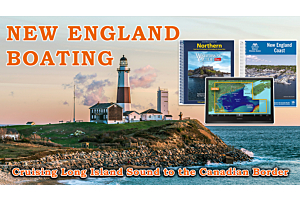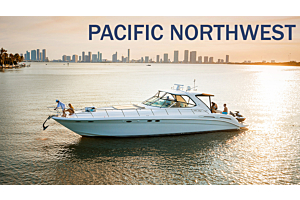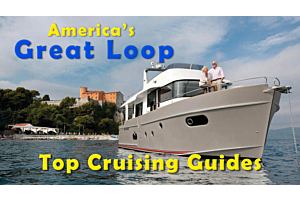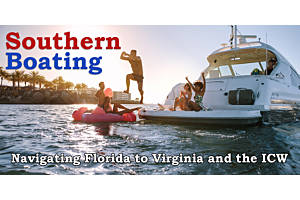Is it Time to Dump Paper Charts?
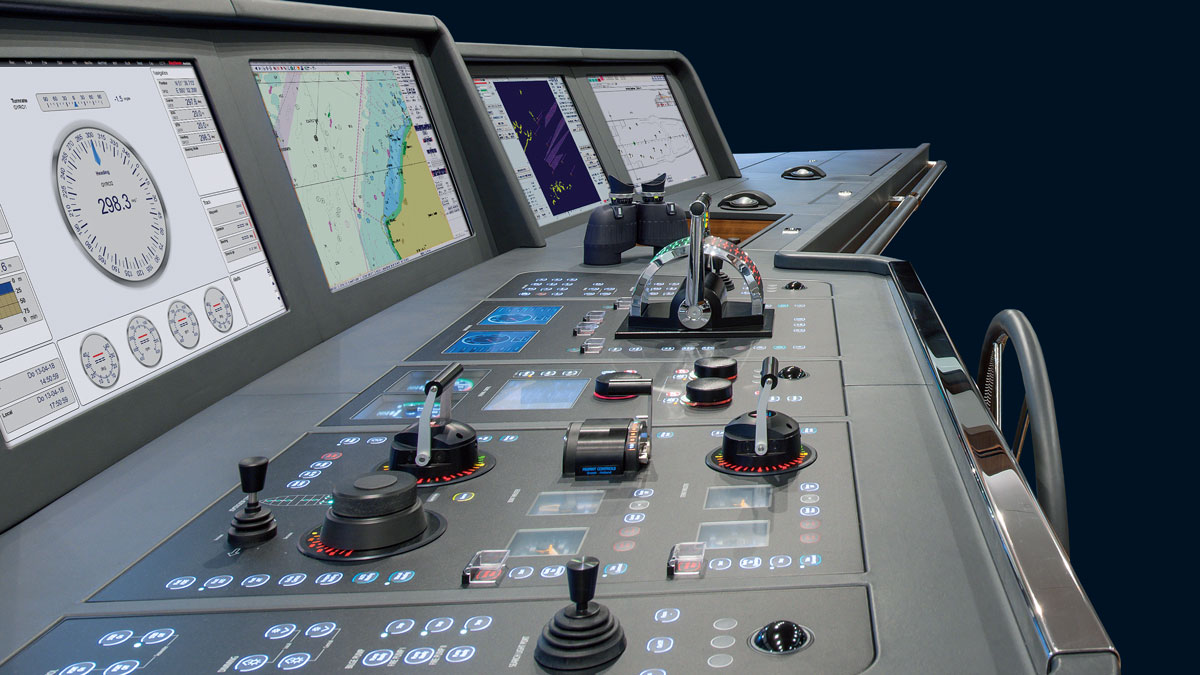
This article was originally featured in Triton Magazine, April 2022 Issue
Time to Dump Paper Charts?
SOLAS mandates that all passenger vessels 500GT and above must be ECDIS (electronic chart display information system) compliant. It is not a surprise that yacht captains are asking, “Should we go paperless?” Two factors contribute to vessels going paperless: cost savings over time, and the elimination of tedious manual chart corrections. Depending on where the vessel is cruising, often hundreds of paper charts must be carried and corrected weekly to remain compliant. For example, the Mediterranean has six folios with 300–600 charts.
New builds leave the shipyard paperless capable, however, most older yachts must refit their bridges to meet the stringent ECDIS requirements. Cost is by far the largest consideration in the decision to go paperless. The minimum for paperless compliance includes two separate ECDIS units, each with their own redundant power supplies. Full ECDIS installs can range anywhere from $25,000 to over $50,000, depending on the vessel’s particular bridge setup and brand choice. Other considerations include the ability of displays to be color corrected as prescribed by the IMO and certified by the ECDIS manufacturer, radar integration, point-to-point video distribution, and the capacity to isolate power.
After the installation cost, recurring costs will primarily consist of ENC (electronic navigation charts) usage and annual subscription fees for third-party software. Third-party software solutions have integrated passage planning, ENC updates, and other helpful modules. The software ranges between $250 and $2,000 per year, depending on the options you choose. Most vessels choose a “pay as you sail” (PAYS) option, which means the vessel is tracked via Sat-C, and only charged for ENCs for your physical location. Averaging the annual ENC usage for 80 yachts, the cost for 2021 was about $3,000 dollars per year. In comparison, a similar group of paper-based yachts spent about $6,000 per year on updated charts, plus $2,000 per year for the software that enables them to do onboard corrections.
One often overlooked aspect of ECDIS compliance is crew training. Most captains know you need to be ECDIS endorsed, however, you also need to be type-certified on the specific ECDIS you are using. In addition, you need to have at least three officers of the watch (OOWs) on board with an ECDIS endorsement or risk being out of compliance. This is especially important to keep in mind when there is crew changeover.
The obvious advantages of running a paperless bridge are the absence of performing chart corrections and the ability to move freely without worrying about paper chart coverage. In a full ECDIS setup, weekly chart corrections are as simple as pushing a button. Not only does this save time on the bridge, it also encourages compliance, as vessels are more apt to stay up-to-date. But to remain in compliance, you must run official ENCs produced by an official hydrographic office, which can be troublesome in certain regions like the Bahamas, where official ENCs don’t provide adequate detail. In these cases, you may choose to supplement the official ENCs with data from the private sector.
The question of whether to refit vessels with a paperless bridge requires consideration. Many factors determine both the cost of the installation and annual upkeep of a digital bridge, and variables like crew training and changeover should also be considered. However, if vessels decide to take that step, they will certainly benefit from a reduced task load to remain in compliance.
ERIK SPEYER, DIRECTOR OF SALES AT BLUEWATER BOOKS & CHARTS, PREVIOUSLY WORKED IN THE TECHNOLOGY SECTOR. HE CAN BE REACHED AT [email protected].

